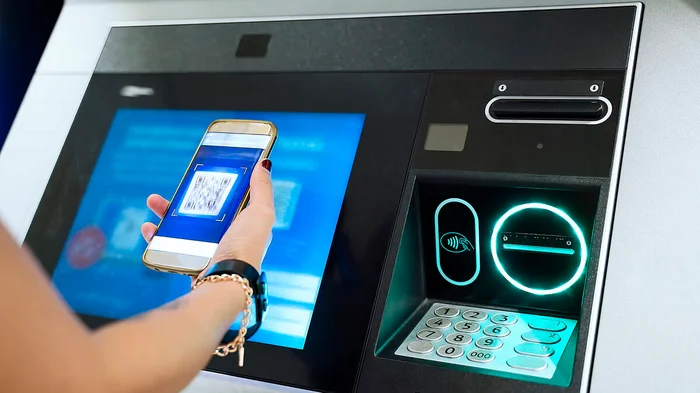
For several years now, consumers have had the ability to withdraw cash from ATMs without the need for their trusty debit cards. This convenient option, especially when cardless ATMs, has become increasingly popular, as many people no longer have to rummage through their wallets to locate their cards.
With a smartphone in hand, leaving your card or wallet at home is no longer a concern. At select ATMs, all you need is your phone to access the cash you require for purchases or tips.
Dan Rosenbaum, a freelance writer in New York, has been relying on his Apple Watch for over a year to obtain cash at Chase ATMs, citing the undeniable convenience. “I don’t have to fumble in my wallet for the card or take out my wallet on the street at all to work the door buzzer,” he says.
Even Wells Fargo, which requires consumers to tap the withdrawal amount on the ATM, has won over fans of this cardless method. Tim Maliyil, CEO of AlertBoot, a Las Vegas-based cybersecurity services firm, prefers this cardless option over using his debit card. “I do find this whole process to be as secure as using the card, as long as access to your respective phone is secure with a password and biometrics,” he says.
Cardless ATMs operate by utilizing the bank’s app or other options like Apple Pay, Google Pay, or Samsung Pay. Bank apps can send consumers a numerical code to enter at the ATM or a code for scanning. Contactless payment providers, such as Apple Pay and Google Pay, use near-field communication, allowing you to access your bank account linked to the app by simply holding your phone near the ATM. Some banks even permit you to schedule withdrawals in advance.
Read more
As major banks continue to offer cardless ATM access, the market for this convenient method is expected to grow significantly. A report from Research and Markets projects it to reach $5.2 billion by 2031, with a compound annual growth rate of 10.6% from 2022 to 2031.
While using a bank app eliminates concerns about card skimmers, consumers must remain vigilant against potential threats like smartphone hacking and online breaches. Cybercriminals can exploit various tactics, including phishing emails and social engineering, to compromise personal and financial information.








